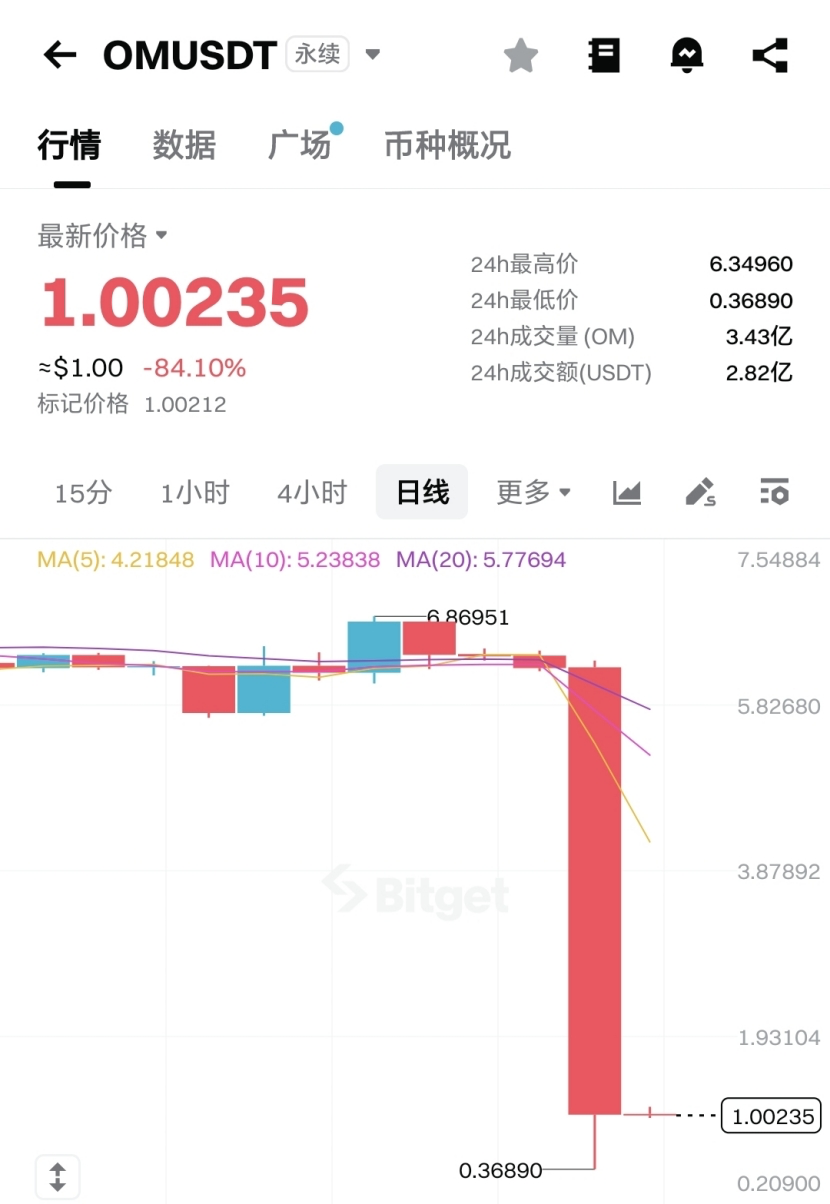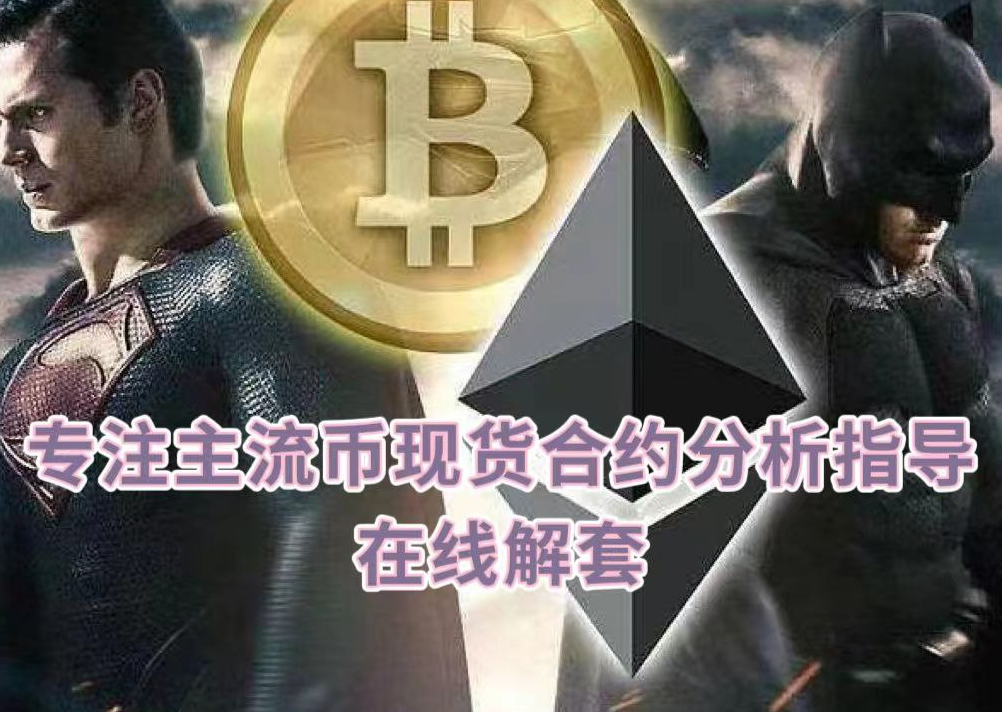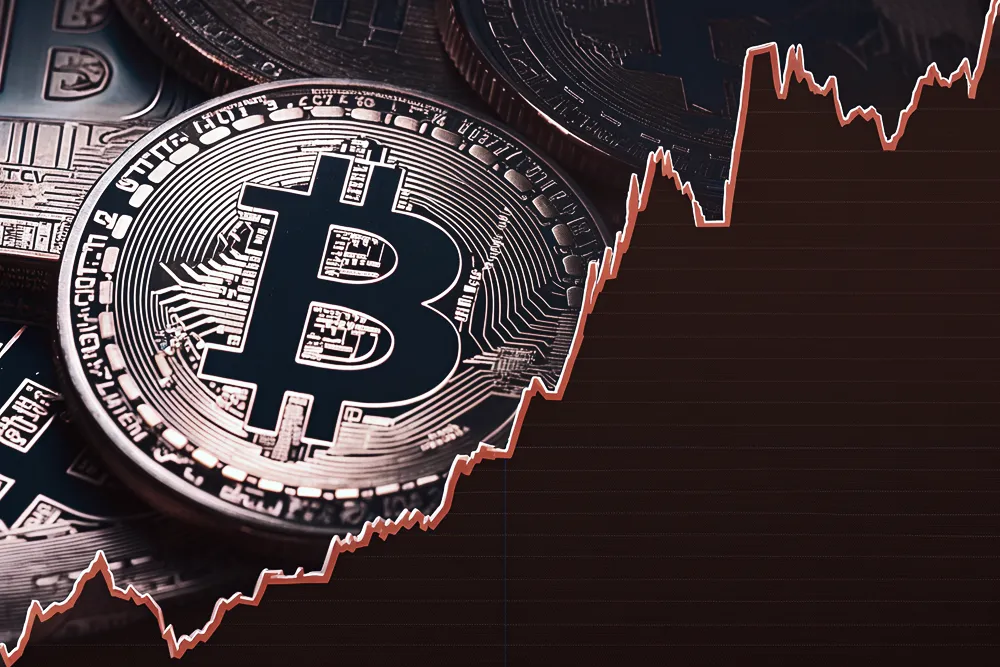
This crash is not just a single event, but a microcosm of the structural contradiction between the "ideal of decentralization" and the "reality of centralization." Click to join the group and receive airdrops: https://qm.qq.com/q/G8uULRNJss
LOUD MANTRA is a DeFi platform based on the Cosmos SDK, focusing on the tokenization of real-world assets (RWA), with its native token $OM experiencing a 500-fold increase in one year.
1. Crash Timeline
• March 20: Community users detected that a large OM holder withdrew funds and transferred them to an exchange, with rumors that OM had completed several large discounted OTC trades.
• Subsequently: Multiple large OM holders began to sell off, causing the price to continue to drop, many OTC buyers were trapped, and panic spread throughout the community, leading to a rush to exit.
• Early April 14: The price of $OM plummeted from 6.2u to 0.4u, a drop of over 90%, with a market cap evaporating by $5.5 billion in 2 hours.
• On-chain data: Shows that at least 17 addresses transferred a total of 43.6 million OM to exchanges before the crash, with 2 addresses linked to strategic investor Laser Digital. (Speculated sell-off)
• MANTRA team response: Denied "running away," stating that the crash was triggered by "improper forced liquidations by other (CEX) during low liquidity periods (Asian early morning)," and suspected negligence or market manipulation by the exchange. They also emphasized that the tokens are still locked and that there was no involvement from the team or core investors in the sell-off.
• On-chain data: Indicates a large number of liquidation orders during the crash, leading to a chain reaction of sell-offs, with insufficient market depth exacerbating the decline.

2. What Issues Are Reflected in the OM Incident?
- Power Struggle Between Project Parties and CEX
• A deep-seated contradiction is that CEXs are both liquidity providers and potential conflict of interest parties. For example, exchanges may earn fees through liquidations without being accountable to the project ecosystem.
• MANTRA has repeatedly hinted that the project lacks actual leverage over CEXs, accusing them of abusing their discretion.
• Allowing liquidations during inactive periods essentially shifts the risk onto retail investors. It's like suddenly closing all emergency lanes on a highway at 3 AM; any stalled vehicle could trigger a multi-car pileup.
- "Valuation Trap" of High FDV and Low Circulation Projects
• The FDV/TVL ratio of OM reached as high as 730 times, far exceeding the healthy industry level (usually below 50 times). This extremely unhealthy metric indicates that OM's market cap far exceeds its actual value support, making it vulnerable to short-selling or liquidation.
• Previously questioned smart money may have positioned for bearish bets + short-selling + liquidation counterattacks, waiting for emotional triggers, which indeed aligns with on-chain data.
• Creating an illusion of scarcity through locking up tokens attracts speculative funds to inflate market cap, ultimately leaving retail investors to take the fall.
3. What Should We Be Cautious About?
• In the wake of the crash: Project parties, CEXs, and market makers all attempt to absolve themselves of responsibility, but all three share the benefits of listing tokens, with potential collusion lurking in the profit chain. Is there a possibility of joint control to squeeze out retail investors? The dispersion of responsibility is itself the best breeding ground for market manipulation.
• CEXs control liquidity and liquidation rules: effectively holding the power to price tokens. Liquidity equals power; should risk control mechanisms be improved (e.g., dynamically adjusting liquidation thresholds) to avoid regulatory vacuums as much as possible? In this scenario, retail investors inherently face an information disadvantage. Project parties should also consider how to avoid excessive reliance on centralized liquidity. Click to join the group: https://qm.qq.com/q/G8uULRNJss
• Projects with high valuations relying on "unlock expectations" and "ecosystem blueprints": Once faced with a black swan event, the collapse speed far exceeds that of traditional financial assets. The narrative bubble will eventually burst, and it boils down to two points:
• Stay vigilant against the "FDV myth" and return to fundamental analysis. True value should be based on protocol revenue and user growth, not paper valuations.
• Don't hold high-leverage positions during low liquidity periods; the death will be slower.
We only need to judge when the upward cycle will come and when it will turn into a downward cycle. Please stay tuned for more quality content, and the community will also share how to judge upward and downward cycles, so please pay close attention.
Twitter: https://x.com/cryptojunz
TG: https://t.me/yufei0911
Discord: https://discord.gg/H8gA4DAw
免责声明:本文章仅代表作者个人观点,不代表本平台的立场和观点。本文章仅供信息分享,不构成对任何人的任何投资建议。用户与作者之间的任何争议,与本平台无关。如网页中刊载的文章或图片涉及侵权,请提供相关的权利证明和身份证明发送邮件到support@aicoin.com,本平台相关工作人员将会进行核查。



